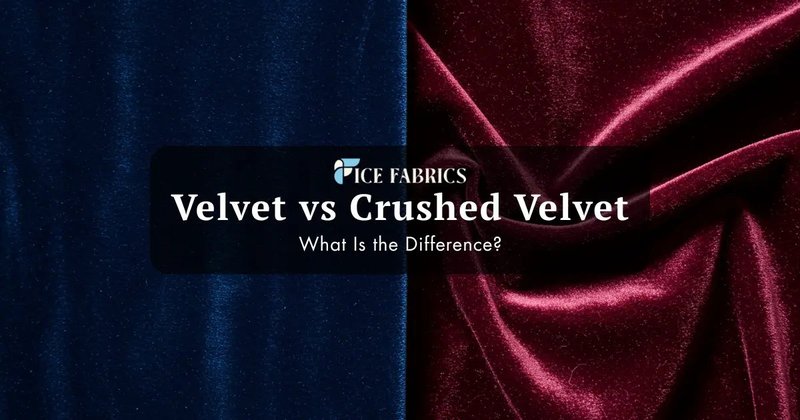
Now, why should we care about velvet worms in environmental education? Well, incorporating them into educational programs can spark curiosity and deepen understanding about ecosystems, evolution, and biodiversity. They might seem odd at first, but their role in the environment is vital—and teaching about them can make learning about nature a lot more fun. Think of velvet worms as the secret agents of environmental education, sneaking in valuable lessons about life on Earth.
What Are Velvet Worms?
Velvet worms are an intriguing blend of worm and insect—squishy and soft, but possessing some insect-like traits. They belong to the phylum *Onychophora*, which means “claw bearers.” These little guys, typically measuring from 3 to 15 centimeters long, are often found in humid, leaf-covered habitats like rainforests. They have a unique ability to produce a sticky slime that aids in hunting and defense. Imagine a superhero with gooey powers—their slime can immobilize prey like insects, making them effective hunters.
What sets velvet worms apart from other creatures is their segmented bodies and numerous stubby legs, which give them an almost alien-like appearance. Their soft, velvety texture is quite striking, hence the name “velvet worm.” They can be found in various colors, ranging from brown to green, blending seamlessly into their leafy surroundings. Honestly, if you stumbled upon one during a hike, it might just look like a leaf that came to life.
Why Teach About Velvet Worms in Environmental Education?
Incorporating velvet worms into environmental education can open up exciting conversations about biodiversity, evolution, and ecosystem dynamics. Here’s the thing: by introducing students to a lesser-known creature, you engage their curiosity. It’s an opportunity to explain themes like adaptation, habitat, and survival in a hands-on way.
For example, you might ask students why velvet worms prefer moist environments. This leads to discussions about climate, habitat preservation, and the impact of environmental changes on species survival. Plus, they can serve as examples of **biodiversity**—showing how even the smallest creatures play an important role in a balanced ecosystem. Discussing their slime production also paves the way for conversations about the evolutionary history of organisms, connecting students to larger scientific concepts.
Activities Involving Velvet Worms
So, how can teachers make velvet worms a part of their lessons? There are plenty of fun activities to spark interest. Here are a few ideas:
- Field Trips: Plan a visit to a local nature reserve or botanical garden where students can look for velvet worms in their natural habitat.
- Classroom Experiments: Simulate the slimy hunting technique by using materials that mimic how velvet worms capture prey. This hands-on activity can deepen understanding of their hunting strategies.
- Creative Projects: Encourage students to create art or write stories featuring velvet worms, highlighting their unique traits and role in the ecosystem.
These activities are not just engaging; they allow students to experience learning about biodiversity firsthand. By observing these fascinating creatures, they can develop a greater appreciation for the environment.
Building Connections to Larger Ecological Concepts
Understanding velvet worms can help students grasp larger ecological concepts. They act as indicators of healthy environments—showing that a habitat has the right conditions for various species to thrive. If you think about it, they’re like the canaries in the coal mine. In educational programs, you can use them to discuss the importance of maintaining biodiversity and what happens when species decline.
Moreover, you can connect velvet worms to the food web. For example, they eat insects and are prey for larger animals, showcasing the delicate balance of ecosystems. This can lead to discussions about predators and prey, the roles different species play, and how every creature has its place.
Challenges in Studying Velvet Worms
While velvet worms provide rich lessons, studying them comes with challenges. Their habitats are often specific and sensitive to environmental changes. For example, deforestation and climate change can threaten their populations. Discussing these challenges in environmental education programs can help students understand the fragility of ecosystems.
To make the topic relatable, you could share stories of habitat loss in their local areas. This way, students can see how global issues impact local biodiversity. You might also focus on conservation efforts aimed at protecting velvet worms and their habitats, reinforcing the importance of protecting all living beings.
The Broader Impact of Velvet Worms in Education
Incorporating velvet worms into education isn’t just about the worms themselves; it’s about fostering a sense of stewardship toward the environment. By learning about these creatures, students can understand their role in the bigger picture. They’ll be more likely to appreciate nature, advocate for conservation, and even engage in local environmental initiatives.
Moreover, teaching about velvet worms can inspire curiosity about other lesser-known creatures. As students explore the natural world, they’ll develop a lifelong love for science and the environment. Just think of how a simple introduction to velvet worms could snowball into a deeper understanding of biodiversity and ecological balance.
Velvet worms may not be the first creatures that come to mind when thinking about environmental education, but they offer rich opportunities for learning. By engaging students with their unique biology and ecological roles, we can spark curiosity and promote a deeper appreciation for the environment.
So, the next time you’re planning a lesson, consider weaving in the story of these fascinating little creatures. You never know—the velvet worm might just become a new favorite in your classroom, turning your students into future advocates for all things nature. After all, every creature, big or small, has a role to play in the intricate web of life.

